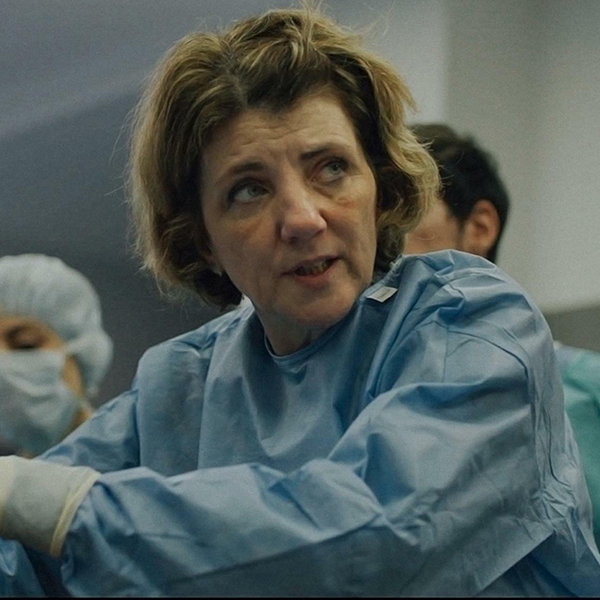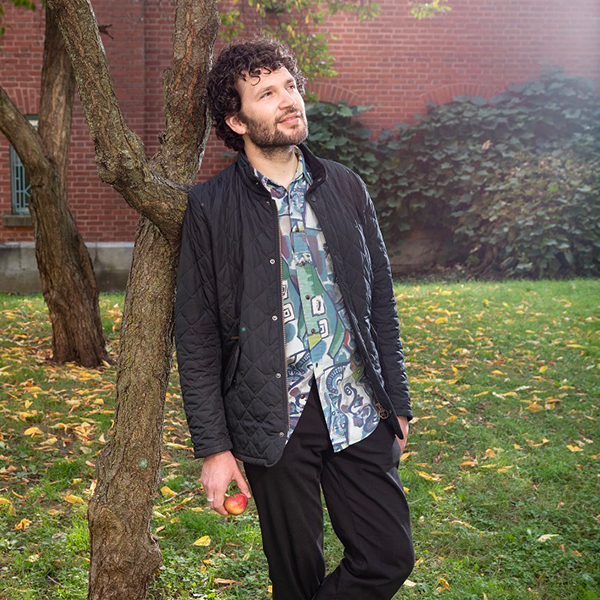According to an online video that recently went viral, a medical researcher named Johan R. Tarjany discovered a species of moss in 1816 with remarkable cancer-combatting properties – but thanks to a vast conspiracy orchestrated by Big Pharma, that finding has been successfully suppressed for decades.
Then, shortly before the minute mark, the video throws us a curveball. Tarjany never existed and everything we had just been told is a fabrication. With humour, it points to the reasons why viewers should have been skeptical about the video’s claims from the start.
It’s an instance of “fake news” telling a larger truth. “Don’t fall for conspiracy theories because the package is pretty,” the video proclaims – proving its point by initially using catchy music and attractive images to attract our attention.
The video was the brainchild of Jonathan Jarry, BSc’03, a science communicator with McGill`s Office for Science and Society (OSS) and the host of a weekly YouTube show, Cracked Science, that debunks pseudoscience. “Johan R. Tarjany” is an anagram of Jarry’s name.
Released on June 30, the video has racked up more than 10 million views on Facebook and elsewhere. It was translated into French and Croatian and more translations are in the offing. Wired, the BBC, CTV News and the CBC have all done stories about the video.
The McGill News recently spoke to Jarry about his sneaky Internet sensation.
Why do you think the video went viral?
There is a certain element of deception at the beginning. I think a lot of people might have shared it with their friends and relatives to see how they would react — whether they would be taken in.
It certainly reached more people than we ever hoped or expected.
Why did you feel the need to produce and release this video?
A former co-worker sent me a video from Facebook. It was very similar to [what I ended up doing], and purported to present a cancer cure. The claim was that every cancer is caused by “vibrating viruses” and if you could find the actual frequency of vibration, you could use radio waves to eradicate them. This is bogus and has been debunked — but the video reached six million people. And that’s just one of many like it.
Our work at the Office for Science and Society doesn’t reach as many people because we are very science-based and we provide more nuanced answers. So we decided to produce something that looks superficially similar to these kinds of videos, but which reminds people to be skeptical online.
How does this fit the mandate of McGill`s Office for Science and Society?
Our core mission is to separate sense from nonsense. Our role is to untangle this mass of information and disinformation on scientific topics, including health.
On many topics, such as cancer, or chemicals, there are a lot of myths and misconceptions. We provide science-based answers to people`s questions.
Was it meant as a parody of videos that claim medical miracles?
Not a parody; more of a Trojan horse. When trying to fight things like conspiracy theories about Big Pharma and cancer cures, we sometimes find ourselves prisoners of our own bubble. This video was a way to reach people outside of that bubble, by making it appear to be something that it wasn`t.
There have always been snake oil salesmen, charlatans and quacks. What is the difference today?
I think the snake oil business has become more refined and sophisticated, and looks more like science. For example, outside of the U.S. and Canada, there are stem cell clinics using real basic research findings. But they are hyping them and making them available to patients, even though these therapies are far from ready for prime time.
So they are taking something with a strong basis in fact, but accelerating the process, by offering something not proven to work, and which may actually be dangerous.
There are hucksters using pseudoscience but may do so in very beautiful resorts, hyped by professional-looking websites full of testimonials. They have degrees — maybe not medical degrees, but they could be naturopaths, for example. There are so many ways to appear legitimate; telling a real doctor from a fake may be harder today than 100 years ago.
Has the tide of misinformation grown thanks to the Internet?
Everyone`s voice is amplified online. Misinformation used to be the purview of certain books, magazines and TV shows. But with the Internet, today we have podcasts, YouTube channels, Facebook pages, blogs. There has been an explosion of pseudo-scientific voices, which makes fighting it that much harder.
That being said, everyone’s voice has been amplified. Science communicators are now empowered with their own platforms
What are some of the methods that you and the OSS recommend, to help people tell the difference between real science and junk science?
We do need to trust institutions and experts. They may not be perfect, but there is something to be said for proper medical expertise.
We also need to learn to recognize bad arguments, because those are the ones being used by charlatans. These include an over-reliance on anecdotes. If a treatment is being sold with an avalanche of testimonials, we need to be aware that each person has so many variables that one personal story doesn’t mean much. That is why science does clinical trials, to eliminate as many variables as possible.
Other bad arguments: we’ve done this for thousands of years; it’s an old tradition, therefore it must work. Or, it’s ‘natural,’ so it must be good for you. These are logical fallacies, which may appeal to us on a superficial level, but are actually empty of content.


